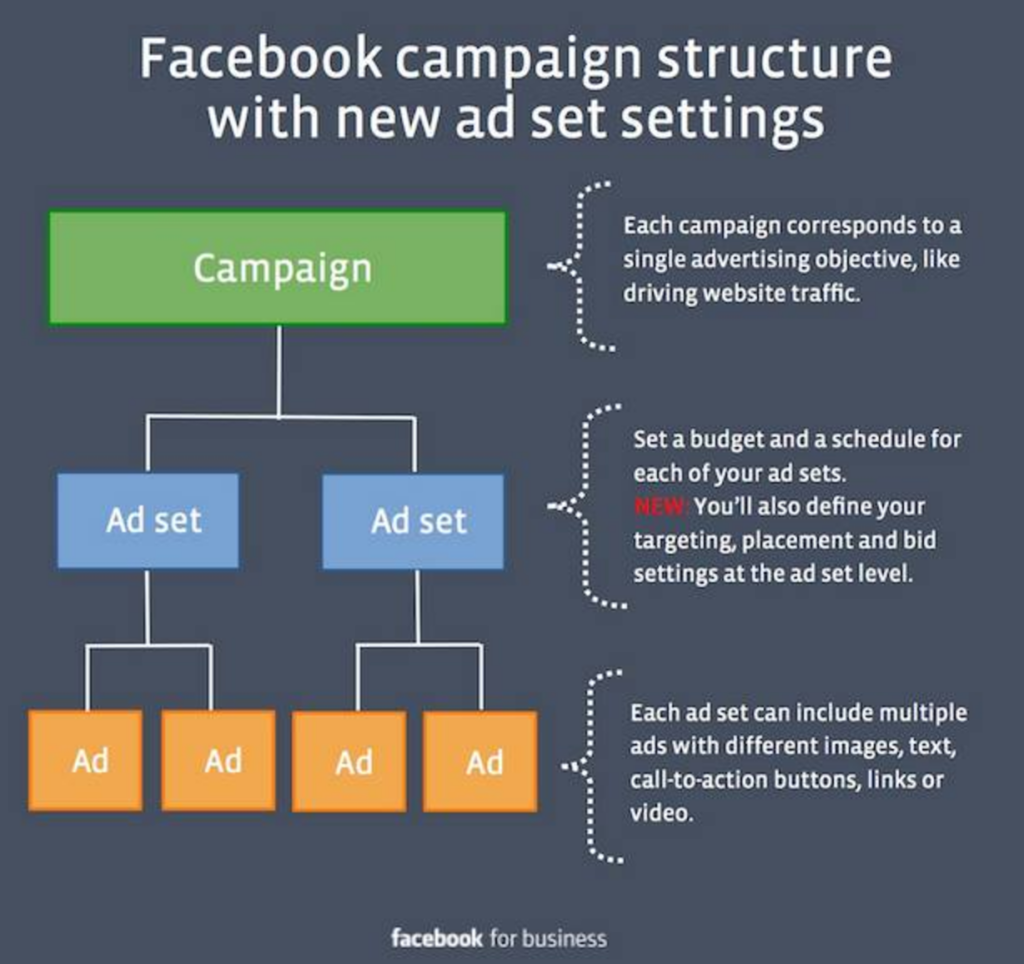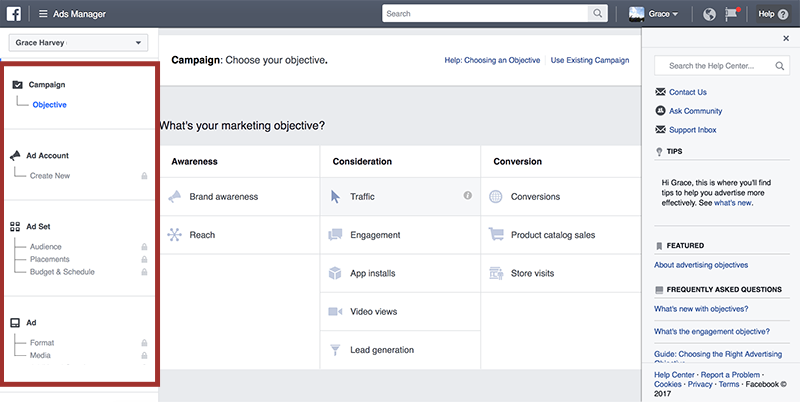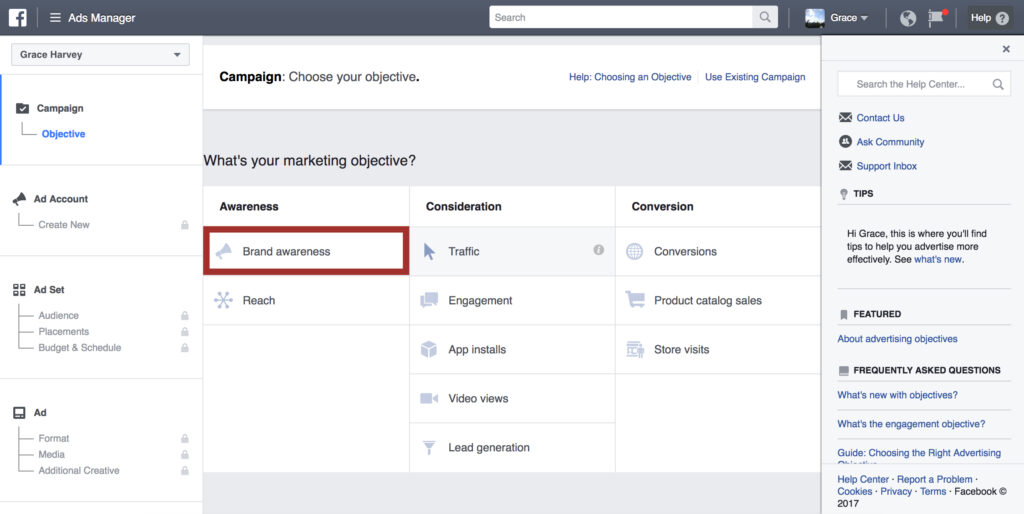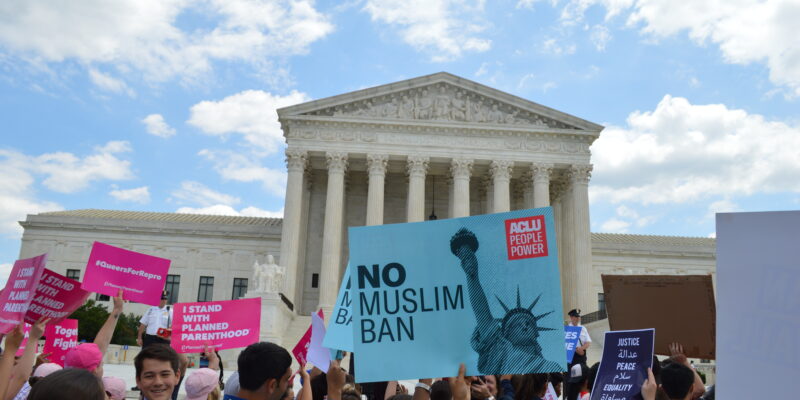
Facebook & Instagram Advertising: What You Need to Know to Get Started
If you’ve read the first entry in our ongoing series highlighting effective digital media practices, “Thinking About Launching Digital Ads? Let’s Talk Strategy,” then you already know the basics: why run paid social media ads, how to set goals, identify your audience, and start promoting those posts! In this entry we’ll dig a little deeper into these topics and how they specifically relate to Facebook and Instagram.
What’s so dang special about Facebook? Well, according to the company, fully 1 out of every 5 minutes spent on mobile in the U.S. is on Facebook or Instagram. Together, the two are such ubiquitous platforms that it’s a good idea for anyone interested in nonprofit media strategy to have a working knowledge of how to envision a successful Facebook ad campaign.
As a continuation of this series, we’ll also be publishing a post detailing the step-by-step process of setting up a campaign in Ads Manager, a post delving into targeting and building an audience, A/B testing and using data to inform better campaigns, along with a post outlining the best free online resources for creating quick and beautiful graphics for your campaign.
A brief digression before we dive in: ads are everywhere online, and it can be all too easy for yours to get lost amidst the noise. As we make our way through the process of building and launching an ad campaign, I ask that you do one thing before hitting go — put yourself in your target audiences’ shoes, and say to yourself, “Would I click on that ad?” If the answer is yes, then by all means, go forward, but if you hesitate, keep workshopping it until you’ve found that really excellent, jaw-droppingly creative post.
Campaign Structure
Let’s start with structure. There are three main levels of organization you need to know: Campaign, Ad set, and Ad.
And just to make a quick note before we’re in too deep: from here on out I’ll be referring to Facebook more generally, but pretty much everything in this article also applies to Instagram. In fact, you no longer need an Instagram account to advertise on the platform — we’ll go into more detail in the Placements section below. Alright, back to structure.
Campaigns are the broadest, encompassing both ad sets and ads. All ads within a campaign share a common objective, the bedrock upon which all your advertising decisions will rest.
Ad sets share common targeting, placement, and bid. Budgeting and scheduling also happen on the ad set level.
Ads, the individual posts themselves, are where minute differences in copy and visuals come into play.
The below chart may help you envision how this structure will inform your ad buy:

Now that we’re familiar with the Facebook ad infrastructure, there are six steps we’ll need to go through in order to start showing folks beautiful and relevant ads. See the red box below for how this’ll look on screen using Facebook’s Ads Manager to set up a campaign — if you’re just getting started running ads, this is where you’ll be prompted to enter in billing and account information as well.
The six steps you need to know are:
1. Objective
2. Audience
3. Placements
4. Budget & Schedule
5. Format
6. Media
Objective
Your advertising objective is what you want people to do when they see your ads. When you create an ad, you first choose an objective. This choice will go a long way in terms of determining creative, copy, placement, and targeting. It’s absolutely the most goal-oriented decision you have to make.
Another way to find out what your objective should be is to ask yourself, “what behavior do I want Facebook to optimize for?”

Your objective will eventually determine which subset of your target audience will be served your ad — awareness favors people more likely to simply view your ad, consideration favors people more likely to click on your content, and conversion favors people more likely to click through to your page and then perform an additional action.
Building your email list? Try a lead generation objective. Doing some low-key message testing? An engagement objective works well to catch the eye of chatty people who will certainly have strong reactions to your content. Just launched a new microsite? You’ll probably want to choose traffic as your objective.
Audience
This part’s a balancing act — it takes time to get a sense of when you need to hone in with really specific targeting, ver or maintain an audience size large enough that you’ll find folks interested in your content. Trial and error is really the only way to figure it out — like we keep saying, start small and you can build from there. Here’s what it’ll look like on your screen, you can see options to choose Location, Age, Gender, Language, Detailed targeting (demographics, interests & behaviors), and Connections. There’s an option to save an audience for later, or use a previously saved audience.

The goal is to come up with highly specific audiences who will react and respond to your content in ways that are significant and measurable. If you’re feeling a little lost, that’s okay. Facebook maintains a tool that can help you get started: Audience Insights.
Audience Insights is a great resource to better understand your existing audience, which can in turn provide inspiration for designing and implementing current and future campaigns. This tool is really useful in that it provides a side-by-side comparison of specific audiences vs. the whole Facebook universe (in the U.S.), represented by the blue and grey bars, respectively.
Placements
This is the simplest choice you’ll face, I think, of all the items on this list. First decide Facebook or Instagram, or both. Then decide desktop or mobile. If you’re showing on desktop, it’s pretty clear that newsfeed ads, though more expensive than sidebar, are worth it.
Be aware that Facebook will recommend you go with their automatic placements. We tend to avoid this choice, preferring to have a little more control over where the ads will end up.
Budget & Schedule
There are two basic options here: daily or lifetime. With daily budgets, you can set the maximum amount you’ll be charged per day, and with lifetime budgets, Facebook algorithms will spread out your budget over a specified length of time.
It’s hard to ballpark price ranges because there are so many objectives in play, but to give a little bit of a baseline, I’ve seen page growth quoted as between 50 cents and a dollar per new page like. Engagements can be as low as a penny per engagement, going up to several dollars. Conversions to websites are usually in the 20-30 cents per click range.
By default, Facebook shows your ads to your target audience evenly throughout the day so your budget isn’t exhausted immediately. Bear that in mind as campaigns may take a while to get rolling and get spending.
I recommend starting at the bottom end of your daily budget range and slowly increasing that amount if you need to reach a larger audience.
Format
What kind of creative do you have the resources to produce? What sort of issue are you promoting? Is it one with a shared visual language, so you can pack more references into a single image, or is it something a little wonkier, that might require a video explanation?
The different formats you’ll have to choose from are carousel, image, video, and slideshow.
Media
This is the most fun part (for me). It’s hard to underscore the importance of images in Facebook ads. This group called Consumer Acquisition looked at 100K Facebook ads and found that images are responsible for between 75 and 90% of ad performance.
Find current specifications below — but remember to bear in mind these specifications are nearly constantly changing as Facebook rolls out new features. We’ll do our best to keep them updated here.
Image specs:
Recommended image size: 1200 x 628 pixels
Image ratio: 1.91:1
Video specs:
Format: .MOV or .MP4 files
Resolution: at least 720p
File size: 4 GB max.
Aspect ratio: vertical for mobile (9:16)
Facebook: 120 minutes max.
Instagram: 60 seconds max.
Another blog post outlining our favorite free online media resources is forthcoming — check back to see how we make the most of free online resources to create simple, beautiful social graphics!
And one final tip on the media front: if you’re looking for conversions on a site you manage, think about whether or not the page matches the design of the ad — think color scheme, font, graphic style, etc. Testing has shown that conversion rates are much better (leading to a lower cost for you) when there’s a high degree of visual consistency between an ad and its landing page.
Wrapping up
Phew! That’s a lot of information. I’ll leave you with one last thing to consider. When determining how well your ad performs against others bidding for the same audience, Facebook assigns it a Relevance Score. This score, received after your ad has at least 500 impressions, is based on how well Facebook predicts your ad will go over with its target audience and how much it will spur people on to take the behavior you outlined at the beginning by choosing an objective — with a little bit of opaque Facebook algorithm magic thrown in there.
The higher your score, the cheaper your ad spend will be. If it’s lower than you’d like, take the time to go back and ask yourself the question I post at the very the beginning of this blog post: “Would I click on this ad?” To figure out why more people aren’t saying yes, think about tweaking your targeting to find a more sympathetic audience, or try a different graphic. Maybe your placement isn’t quite right — the ad is more suited for an Instagram audience and you’re running it solely on Facebook.
Whatever answer you end up with, know that it’s important to keep asking questions, because on social, the answers are always going to be changing, just like the people you’re trying to reach.
Now that you understand the major components that go into creating a Facebook ad, stay tuned for posts about targeting and A/B testing – two more major puzzle pieces of this ad game.
In the meantime, which Facebook ads have you seen that you thought were compelling? Tweet to us @rethink_media and let us know!



